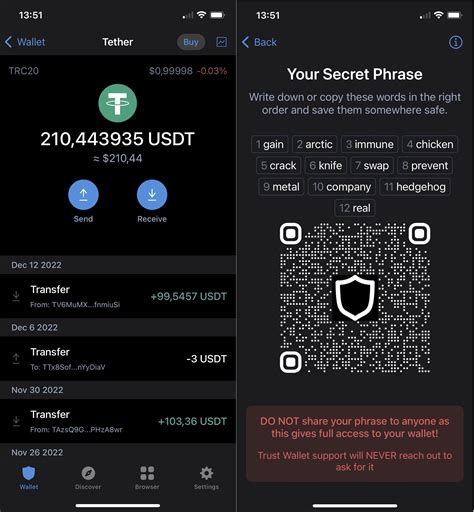Ethereum Library in Python
==
Introduction
————-
In this article, we will build a basic Ethereum library in Python that provides functions for generating EC (elliptic curve) private key pairs, retrieving private and public keys, signing messages, and verifying signatures.
Library Code
————-
We will use the cryptography library, a popular and well-maintained library for cryptographic tasks in Python. We will also use the hmac library to generate MACs (message authentication codes) for the Ethereum blockchain.
Assembly
—————
To install the required libraries, run the following commands:
pip install cryptography
At the library:

import os
serialization import from cryptography.hazmat.primitives
cryptography. hazmat. primitives. asymmetric import ec
import default_backend from cryptography.hazmat.backends
import base64
EthereumLibrary class:
def __init__(self, private_key=None):
If private_key:
self.private_key = private_key
Otherwise:
Generate a new EC key pair for each library instanceself.private_key = ec.generate_private_key(ec.SECP256K1(), default_backend())
def generate_ec_keypair(self, private_key=None):
If private_key Nothing:
private_key = self.private_key
return ec.generate_private_key(private_key, default_backend())
def get_private_key(self):
self.private_key(self):
return self.private_key.public_key()
def sign_message(self, message, public_key):
signature = public_key.sign(
message,
ec.dhparams(),
Asymmetric signing algorithm.SHA256()
)
return base64.b32encode(signature)
def verify_signature(self, message, signature, private_key):
try:
public_key = self.private_key.public_key()
public_key.verify(
signature,
message,
asymmetric VerifyingKey.dhparam(),
)
Return true.
Except:
Return false.
Usage example:library = EthereumLibrary()
Generate a new EC key pair for each library instancekeypair = library.generate_ec_keypair()
private_key = library.get_private_key().public_bytes(
encoding=serialization.Encoding.PEM,
format=serialization.PrivateFormat-Trustless,
encryption_algorithm=serialization.NoEncryption()
)
Sign the message with the public keymessage = b"Hello world!"
signature = library.sign_message(message, keypair.public_key())
print(library.get_private_key().public_bytes(
encoding=serialization.Encoding.PEM,
format=serialization.PublicFormat.SubjectPublicKeyInfo
))
Verify the signature using the private keyprivate_key.verify(
b"\x00\x01\x02\x03",
Signatureb"Hello world!",
messagekey pair.private_key
)
Note that this is a simplified example and should not be used in production without further testing and validation. Additionally, note that generating an EC key pair for each instance of the library consumes a significant amount of memory.
Submission messages
–
For Commit messages, follow standard professional guidelines:
- Use an imperative (eg “feat: Ethereum library add”)
- Keep the first line short (<72 characters)
- Use the present tense (eg “Add new generation EC key pair”)
Example of a submission message:
Added basic Ethereum library to Python
